From the Executive Director: Week of March 8
9 Mar 2021, by Seth Grigg Share :We’re (potentially) entering the home stretch of the legislative session. The end of this week marks the transmittal deadline. Each year the legislature sets a deadline for all bills introduced in one chamber to be transmitted to the other chamber. Think of it as an aspirational goal, kind of like a New Year’s resolution. The transmittal deadline is set with good intentions, but it is rarely followed. That being said, there is a movement to at least get to a point where the legislature can recess for an extended period of time prior to official adjournment. This means the legislature may be in session into late April or even longer.
Why, you ask? It’s all about the American Rescue Plan recently passing the Senate. The $1.9 trillion COVID relief package has cleared both the House and Senate. Over the next few weeks Congress will go through a reconciliation process in an effort to reconcile differences in the House and Senate bills. So how will this delay the end of our legislative session? The act includes funding for state and local governments and the legislature does not want to adjourn sine die until it has a say in how Idaho’s dollars are spent. As a result, the legislature will do its best to complete its regular legislative work before the end of March and then recess for an agreed upon time period. It will reconvene once federal guidance has been issued and the state knows how it can spend its funds.
So what does this mean for counties? There are two separate funding sources for counties. The first of which comes from a newly created Coronavirus Local Fiscal Recovery Fund which includes $65.1 billion in aid to counties across the country. Idaho’s share is estimated to be $350 million. The National Association of Counties (NACo) has developed a toolkit to estimate each county’s potential share. You can access the toolkit by clicking here.
Eligible uses of coronavirus recovery funds include:
- Expenses incurred in response to the coronavirus public health emergency, including, but not limited to, county expenses tied to coronavirus mitigation and assistance to households, small businesses, and nonprofits impacted by coronavirus.
- Funding for premium pay to workers performing essential work during the coronavirus public health emergency.
- Backfill of lost tax revenues due to the coronavirus public health emergency (note that governments cannot create a loss of revenue by intentionally reducing taxes).
- Investments in water, sewer, and broadband infrastructure.
As with the CARES Act, IAC expects the US Treasury to issue guidance on allowed uses of funds. The big difference; however, between the CARES Act and the American Rescue Plan is that federal aid to counties will be allocated directly from the US Treasury to counties, bypassing state legislatures.
The second source of county funds comes in the form of a new, two-year revenue sharing program for counties. Under this program, the US Treasury will provide a $750,000,000 payment to counties nationwide within 60 days of passage. Twelve months later, the US Treasury will provide an additional $750,000,000 in revenue sharing to counties. This revenue-sharing program was authored by Oregon Senator Ron Wyden. Details on how the funds will be allocated to counties are slim but we do know that the fund was set up to primarily benefit rural counties in the west that have been impacted by economic downturns in the natural resource industry. Specifically, counties for which the US Treasury Secretary determines that there is a negative revenue impact due to either the implementation of a federal program or changes to implemented federal programs will be eligible for the two-year revenue sharing. SRS recipient counties will likely qualify as eligible counties. The revenue share will be in addition to PILT and SRS payments. Eligible counties can use the funds for any government purpose, similar to PILT, provided that funds must be expended by the end of 2024. Again, little is known about this two-year revenue-sharing program. IAC will provide more information once it is available.






